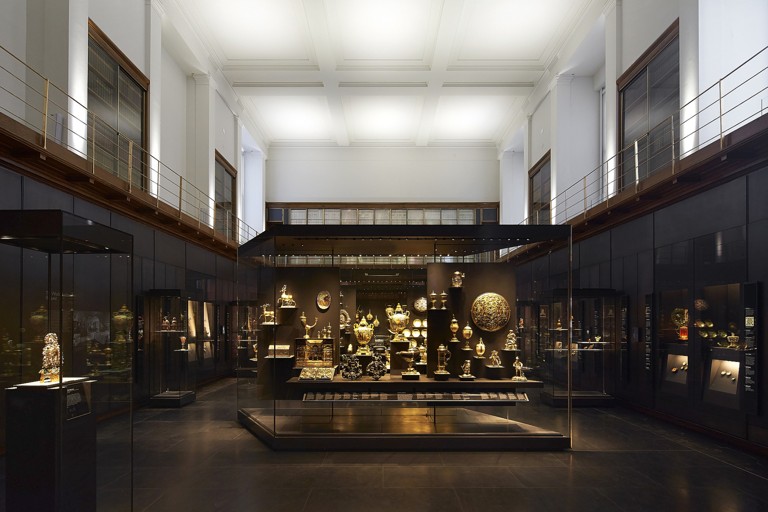Culture & Arts
British Museum Launches Digital Initiative to Reconnect with Global Audiences
A new online program at the British Museum aims to make its vast collection accessible to international audiences through high-resolution 3D scans and curator-led virtual tours.
By Olivia Marsh | 20 September 2025, 09:28

The British Museum has unveiled a sweeping new digital strategy aimed at expanding access to its collections and exhibitions for audiences around the world. As part of this initiative, the museum will digitize thousands of artefacts using high-resolution 3D imaging and interactive storytelling techniques designed to bring history to life online.
The move comes in response to shifting public engagement trends, particularly among younger demographics who increasingly consume cultural content via digital platforms. Museum director Hartwig Fischer said the goal is to 'make the world’s heritage accessible to anyone, anywhere, with just an internet connection.'
Included in the initiative is a virtual exhibition series that will allow users to explore key artefacts — such as the Rosetta Stone and the Elgin Marbles — through guided, curator-narrated tours. These experiences are accessible via desktop and mobile, and incorporate AR-compatible features for enhanced learning.
The British Museum is also partnering with schools and universities to integrate its digital content into education platforms. This includes downloadable lesson plans, virtual field trips, and behind-the-scenes insights into conservation and research efforts normally hidden from public view.
While praised for its innovation, the project has raised familiar questions about the ownership of artefacts. Critics argue that digital access should not replace repatriation efforts and have called for renewed dialogue with nations seeking the return of culturally significant items.
Museum representatives acknowledge these concerns but maintain that the digital initiative serves a different purpose — to democratize access and elevate public understanding of global history. “This is about transparency and education,” said deputy curator Amina Shah. “We want people to see what we hold and why it matters.”
The museum's new website infrastructure, built with accessibility in mind, has been tested by visually impaired users and is compliant with UK government digital service standards. All content will be offered in multiple languages, and transcripts will be available for audio guides and video content.
The digital transformation is being supported by a £12 million grant from a public-private consortium and is expected to roll out in phases over the next 18 months. Early previews have already drawn strong praise from educators and cultural commentators alike, who see the project as a benchmark for museums worldwide.